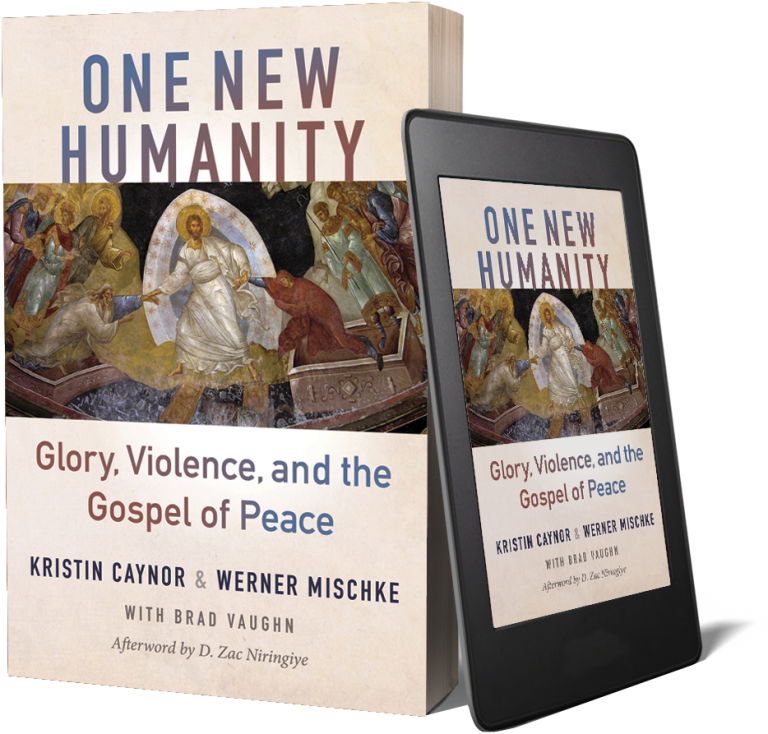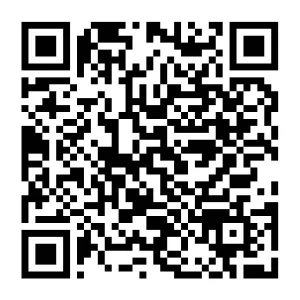Frequently asked questions

What is the book about?
One New Humanity argues that Ephesians 2 offers a radical vision of
human dignity and peace that challenges the shame and violence of the Roman Empire
and the contemporary world. Drawing on insights from early Christians, the global
church, social sciences, and the biblical narrative, we show that through Christ’s life,
death and resurrection we gain a peaceable way of being human for the world—
impacting identity, relationships, church, and vocation. In the process of deeply
examining glory, violence, and the gospel of peace, we answer the question, “What
does it mean to be human?
What is the price of the book?
Paperback: (US) $29.99. Kindle and ePub: (US) $17.99.
Is the book available in different formats?
One New Humanity is available in paperback and ebook formats: Amazon Kindle and ePub. It will also be available in PDF format, which will be fed to library-lending systems, such as EBSCO, ProQuest, RedShelf, etc.
Who are the authors of One New Humanity?
The principle authors are Kristin Caynor and Werner Mischke (see Authors).
• Kristin Caynor (PhD Candidate, University of Aberdeen) has spent her life between Anglo-America, Thailand, and the Hispanic world. These places have all informed her life, work, and theology. Kristin hopes to continue peace building with the Bethlehem Institute of Peace and Justice.
• Werner Mischke, D.D. (Hon. Causa) served with Mission ONE for thirty-two years. He continues to be involved in cross-cultural ministry and collaborative learning in serving the global church. His book The Global Gospel (2015) examines “honor-shame” in Scripture, culture, and contextualizing the gospel. Werner advocates for Christ’s gospel of peace, near and far.
Other contributors:
• D Zac Niringiye, PhD wrote the afterword. Dr Niringiye is a leader, with national and international acclaim in varying contexts and organizations. He has varied experience as an academic, religious leader, theologian, peace and social justice activist and an organizational development consultant. Dr Niringiye holds a Master’s degree in Theology from Wheaton College, USA; and, a PhD in Theology and Mission History from Edinburgh University.
• Brad Vaughn, PhD wrote Appendix 1: “Reconciling Atonement in Ephesians 2: An Exegetical Approach.” A theologian and missiologist, Vaughn has a PhD in Applied Theology from Southeastern Baptist Theological Seminary. His books include The Cross in Context: Reconsidering Biblical Metaphors for Atonement (2022), Reading Romans with Eastern Eyes: Honor and Shame in Paul’s Message and Mission (2019).
Where can I buy the book?
Who is the target audience?
One New Humanity is for Christian leaders, thoughtful pastors, and other curious persons. One purpose of the book is to show how Ephesians 2 rhymes with complex contemporary social problems and the challenge of violence to the global church. Many in global Christianity will find resonance with their collective identity concerns, normally unaddressed in evangelicalism. Many readers in the United States will find the book speaks to concerns about racism and conflict in politics and the church. Missionaries and those involved in cross-cultural ministry will see that the gospel of peace speaks to the challenges of collective identity conflict—and how this may contribute to church planting efforts.
What are the book industry specifics?
Category: RELIGION / Christian Ministry / Missions
Genre: Nonfiction
Paperback: 6” x 9”
ISBN: 978-1-64508-610-9
How many pages long is the book?
366
What about a Scripture or Topic Index?
The book has both a Scripture Index and an extensive Topic Index that researchers will find valuable. The authors devoted much attention to creating a helpful Topic Index.
What about discounts?
The publisher (William Carey Publishing) offers a 20% discount code for either the paperback or ebook. Use this link or the QR code below to get an automatic 20% discount

What about quantity discounts and institutional orders?
Contact William Carey Publishing:
Mail to: [email protected]
For International orders go to:
Phone: 1-720-372-7036 / Monday–Friday 7:30 AM to 4:00 PM MST
Address: William Carey Publishing, 10 W. Dry Creek Circle, Littleton, CO 80120
Are there any testimonials for the book?
Yes, see Endorsements
Why was the cover image chosen? What does it mean?

“Anastasis” in Greek means “resurrection.” The image is from a fresco at Chora Church (now Kariye Mosque), Istanbul, Turkey
The image above is called “Anastasis” (Gk: resurrection). It shows that as Jesus rises in victory over death, he pulls Adam and Eve out of their coffins, delivering them from sin and the grave while stomping on hell and the devil. Jesus is also pulling Adam and Eve together—he is reconciling and reuniting them. This rhymes theologically with Ephesians 2:15—“that he might create in himself one new man in place of the two, thus making peace.” Adam and Eve together represent humanity; this image speaks of horizontal reconciliation and the “one new humanity” of Ephesians 2:15 (ktisē en autō eis hena kainon anthrōpon / create in himself a unified, brand-new kind of humanity). “Anastasis” pictures Jesus as Creator, Victor, Reconciler, and Peacemaker for “One New Humanity.” According to Wikimedia Commons, the image is titled, “Anastasis, Harrowing of Hell and Resurrection.” Photographed by GunnarBach, February 2004, the image is of a fresco painting from the Chora Church (now Kariye Mosque) in Istanbul, Turkey. According to Wikipedia, the original Chora Church dates to the fourth century. This work has been released into the public domain by its author, GunnarBach; this applies worldwide.
